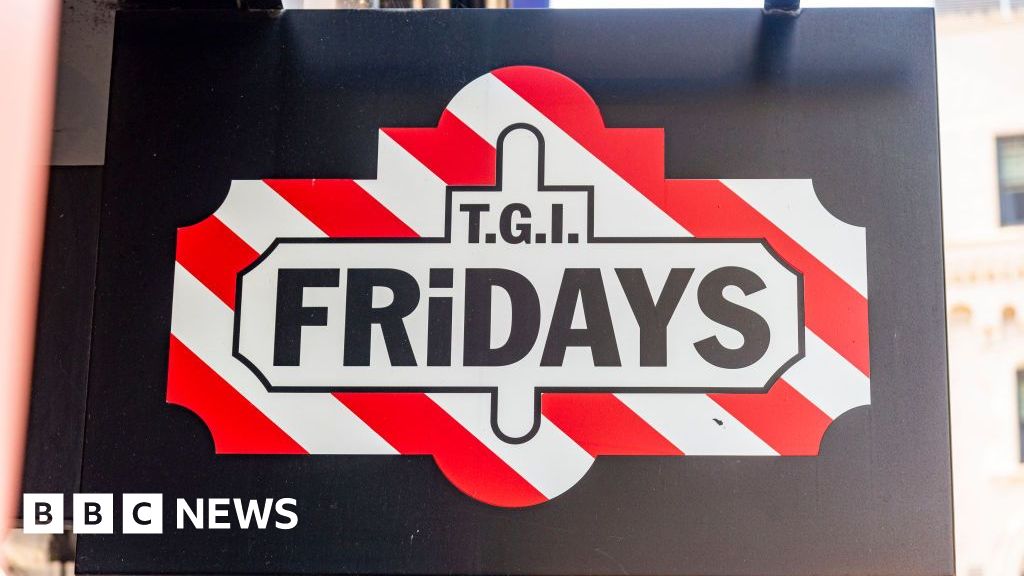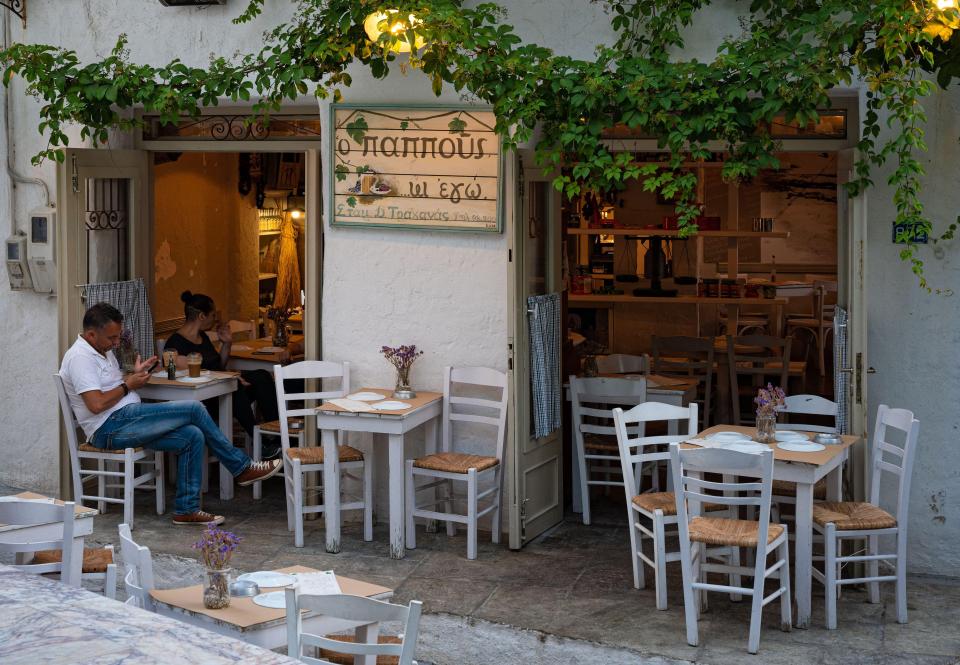It took the US Department of Justice four years of painstaking preparation to win its sweeping antitrust case against Google’s online search dominance. What it will ultimately mean, however, depends on what happens next.
Amit Mehta, the judge who branded Google a “monopolist” at the conclusion of the trial in August, will by Tuesday receive the DoJ’s proposed “high-level framework” for remedies in the case.
They could range from restricting its ability to strike exclusive search agreements at the heart of the case to forcibly breaking up the company. A days-long hearing on the request is set for April, and Mehta has said he will try to rule by August 2025.
The sanctions could transform a business that has vaulted Google’s parent Alphabet, led by chief executive Sundar Pichai, into the ranks of the world’s most-valuable companies. But equally it could prove too little, too late to stop the dominance of Google, whose name has become shorthand for online search.
“Without question, it’s an important first step in the direction of imposing greater controls on Google . . . But there are many, many rivers to cross,” said William Kovacic, a former Republican chair of the Federal Trade Commission.
The DoJ’s last major antitrust win against Big Tech highlights the sometimes glacial and political nature of antitrust enforcement. That verdict, which in 2000 ordered Microsoft to be broken up for illegally squashing competition, was ultimately overturned on appeal. The company later settled with the new, more business-friendly administration of George W Bush.
The DoJ’s most draconian move would be to demand a break-up of Google or spin off of its Chrome web browser or Android mobile operating system that are embedded with its search engine.
Those kinds of structural remedies are rarely pursued and granted, but experts said Jonathan Kanter — the head of the DoJ’s antitrust division, who has a reputation for vigorous enforcement — might consider proposing them.
A person familiar with the DoJ’s approach said: “If you’re trying to create competition and the conduct has raised barriers to entry, then the remedy should lower those barriers to entry.”
More straightforward penalties include a ban or reduction in Google’s ability to make payments to smartphone makers Apple and Samsung, or browser developer Mozilla, to enshrine itself as the default search option.
Another option is to require Google to share its troves of user data to help rivals build and refine their own search products, but that could breach strict data protection rules in the US and Europe.
Kanter would probably “at least [seek] something more than just an injunction” that would bar the company from re-engaging in the offending behaviour, said Herbert Hovenkamp, a professor at University of Pennsylvania’s law school. “The problem Kanter faces . . . is that a simple injunction may not do all that very much.”
“After smooth sailing for nearly 20 years, there is an uncomfortable air of unpredictability around Google,” said Bernstein analyst Mark Shmulik. There are “hundreds of search remedy permutations” and “it’s highly unlikely that Google comes out unscathed”.
Alphabet is also embroiled in a separate DoJ lawsuit over anti-competitive behaviour in its digital advertising business. The trial ended last week and closing arguments are set for the final week of November.
The company has said it is prepared to appeal against the judges’ decisions up to the Supreme Court, if necessary, meaning any remedies could take years to implement.
“Google has good lawyers and won’t take this lying down,” said Ben Reitzes, a tech analyst at Melius Research. “Our message to investors: don’t draw definitive conclusions yet; we have a hunch it isn’t as bad as it looks.”
According to Mehta’s decision, nearly 90 per cent of US search queries flowed through Google in 2020, and 95 per cent for mobile. It has no serious rivals — the next closest, Microsoft’s Bing, accounted for just 6 per cent.
The advertising business Google has built around its search business generates enormous revenue: $175bn last year, more than half its $307bn total. It has spent lavishly to protect its cash cow: Google’s total payments to the likes of Apple and Mozilla to make it their default search engine reached more than $26bn in 2021 alone, Mehta said.
The European Commission has sought to curb Google’s market power for years, but despite imposing multibillion-dollar penalties, the search giant has brushed these off to retain its dominance in the region.
Following the commission’s 2018 ruling that Google abused its dominant position in smartphones, Android manufacturers must offer European users a choice of search engine when they first use their device.
The EU’s new Digital Markets Act, whose obligations on so-called “gatekeepers” came into force in March this year, imposed new mobile “choice screens” and rules against Google “self-preferencing” its own services in search results.
But Brussels’ interventions have made no discernible dent in Google’s monopoly. According to online activity tracker Statcounter, Google still accounted for more than 90 per cent of search traffic in Europe as of July.

“Not all that many people would switch away from Google search if they were given the choice,” Hovenkamp said.
“It’s clear both Europe and the US share the concern about Google’s abuse of its dominant position,” said Bill Baer, who led the DoJ’s antitrust division during the Barack Obama administration. “But what the [EU] Digital Markets Act shows so far is that it’s really hard to reintroduce competition once it’s been shut up . . . The US, working with the district court, will now be in a position to try and come up with some creative remedies, which break up Google’s unlawful dominance.”
A person familiar with Google’s thinking said the reason it continues to pay for default search agreements — despite most users picking Google over rivals regardless when given the choice in Europe — was down to how to the smartphone and browser makers choose to run their platforms.
“Apple and Mozilla get to design the product and decide how [Google] bids and competes,” the person said. “Google is playing their game to compete for their shelf space.”
US federal agencies were slow to act as Google built its empire. The FTC previously spent two years investigating the company for allegedly prioritising its own content on its search results page, but dropped the case in 2013 because of a lack of evidence. Since then, Google’s share of US search queries has only grown, offering dim prospects for Big Tech and start-up competitors who might invest in rival products.
By the time that remedies are set and the appeals process exhausted, the case’s “central argument may not be pragmatically relevant, like Microsoft two decades ago”, said a former Google manager who now works for a rival search company. “The real impact on Google is slowing down execs right now by having to manage these issues — which does create material openings for other start-ups.”
However, an antitrust lawyer familiar with the matter disagreed, arguing that Mehta could set “interim measures while appeals are pending” and had “discretion on which course to take”.
The lawyer added Microsoft’s ruling had remained relevant. “It actually had an impact because it changed” the company’s practices, they said. Arguments made in that case also underpinned the Google lawsuit. The DoJ compared Google’s exclusive deals to contracts Microsoft signed with PC makers to promote its Internet Explorer browser and crush rival Netscape.
Others point out the Google case is backward-looking, considering the threat that the emergence of generative artificial intelligence and chatbots could present to traditional search engines.
OpenAI is developing a prototype search tool called SearchGPT to compete with Google, funded by a $13bn partnership with Microsoft and billions more in venture capital cash. The start-up has also struck a deal with Apple to integrate ChatGPT into its Siri assistant to answer questions, a development that could eat into searches typed into the Google-powered Safari browser. Other fast-growing AI search start-ups include Perplexity and You.com, though their threat to Google remains nascent.
“The way SearchGPT plays out will materially impact the final resolution of this case [and] how the industry manages the potential rise of a new disruptive offering,” the former Google manager added. “It can be argued that nothing was really disruptive to Google in the last 20 years.”
Whatever remedies are chosen, Mehta’s conclusions underline how the bipartisan US political backdrop to antitrust enforcement has moved against Big Tech. For years, US antitrust policy tolerated corporate growth as long as consumers were not harmed by higher prices.
Donald Trump, however, bucked the more hands-off antitrust approach of his Republican predecessors. The Google search probe began during his presidency before being passed to the Biden administration, which brought on a progressive pair of antitrust enforcers in Kanter and FTC chair Lina Khan.
Kanter has another probe under way against Apple. The FTC is pursuing cases against Meta and Amazon. Mehta’s decision is a “shot in the arm” for these efforts “because it shows that the government can prevail”, Kovacic said.
There is no guarantee that a second Trump administration, should he win in November, would look more favourably on Big Tech — and tackling these companies’ power has proven a popular position for both parties. His vice-presidential candidate, JD Vance, recently told the Financial Times that Google is “way too big, way too powerful” and “ought to be broken up”.
That has left tech companies scrambling to defend cases that threaten their empires. One person familiar with Google’s thinking described the current US approach to antitrust as “Calvinball” — a reference to the Calvin and Hobbes comic strip in which the rules are made up by a six-year-old while the game is played, changing constantly.
In the current AI frenzy, Big Tech is rewriting the dealmaking playbook too. Google, Microsoft and Amazon have recently made so-called “acqui-hires” of staff from promising AI start-ups, which critics say are structured to skirt antitrust rules.
According to Baer, Mehta’s ruling “reinforces the US antitrust principle that while you can be big because you came up with a better idea, were a first mover . . . you can’t then take steps that preclude the possibility of anyone else challenging you and succeeding in that marketplace”.
“What Judge Mehta did was say: ‘Here are the limits and boy, you went way beyond them’,” he said.
This article has been updated since it was first published to reflect recent events.
Additional reporting by Richard Waters in San Francisco













































































































































You must be logged in to post a comment Login